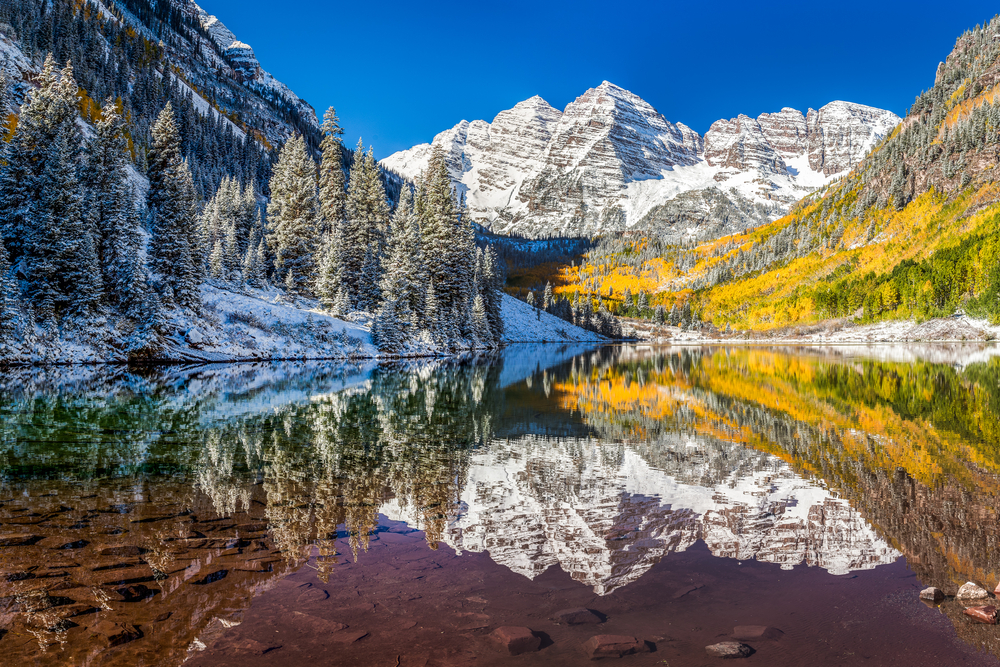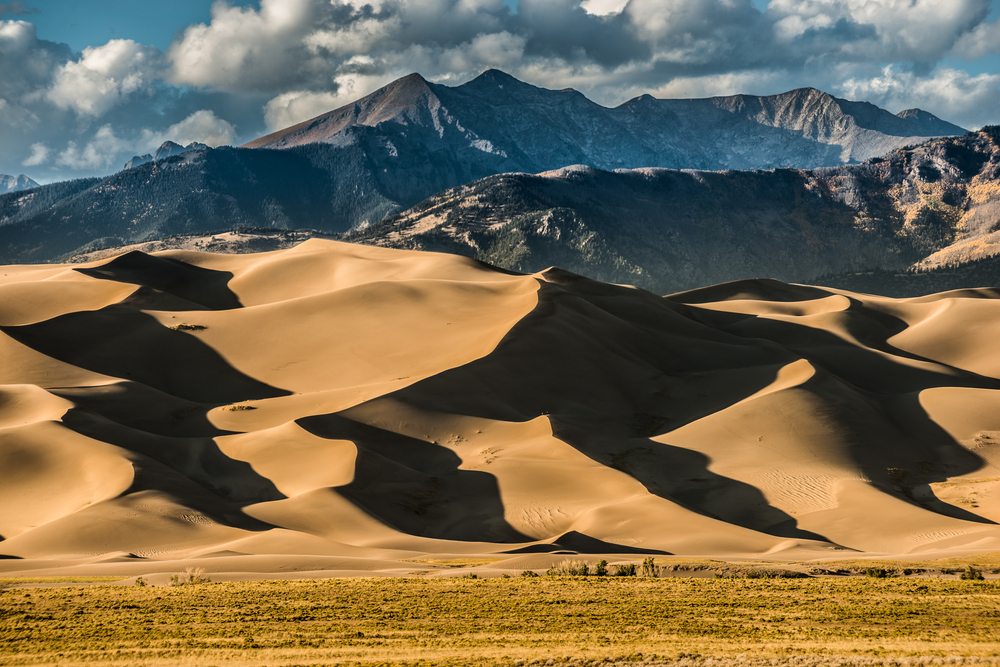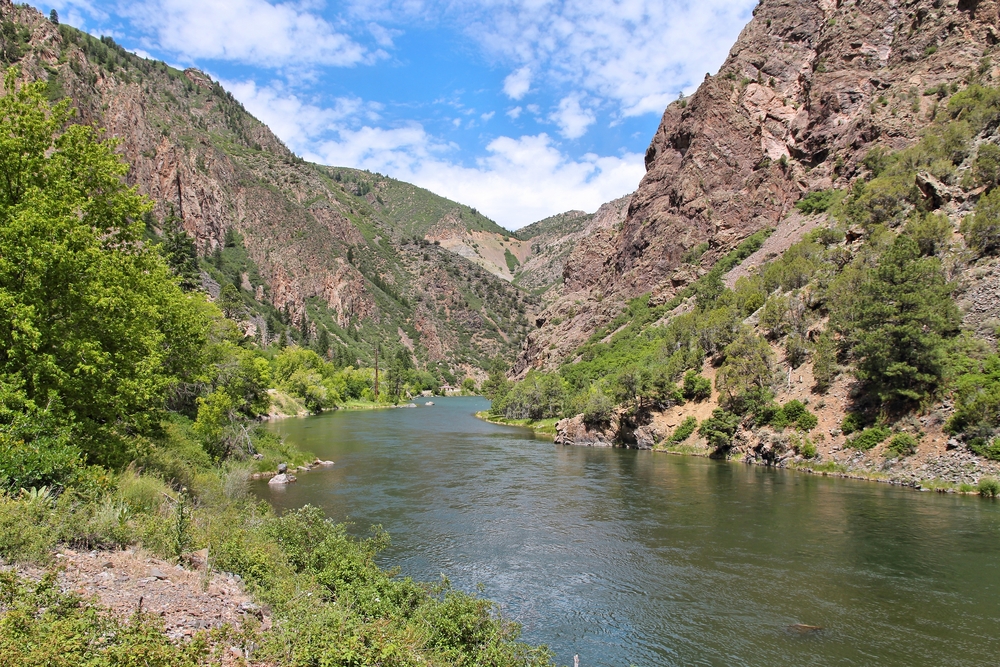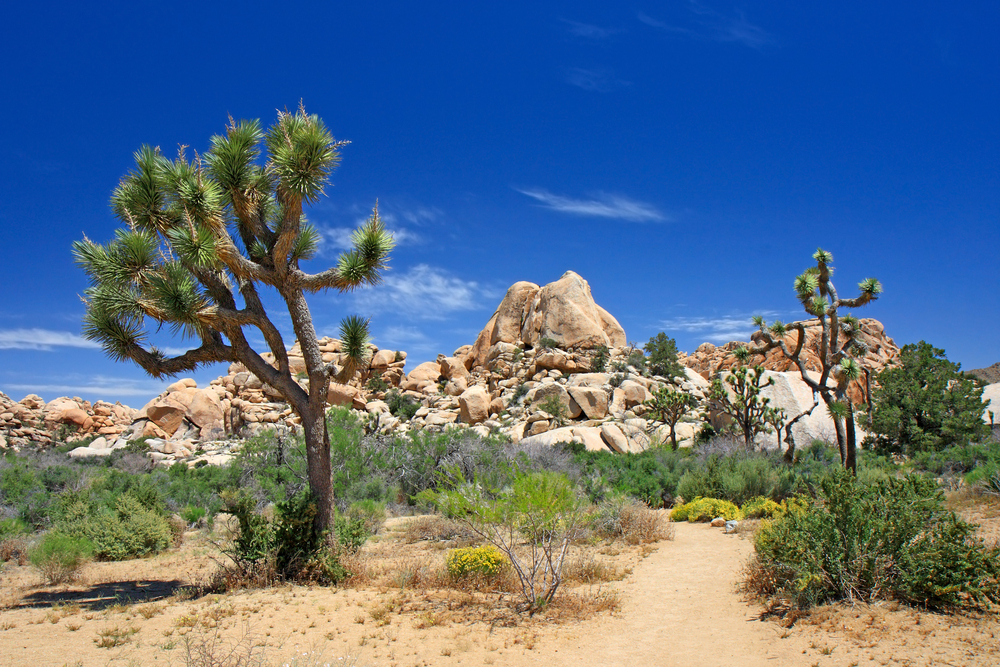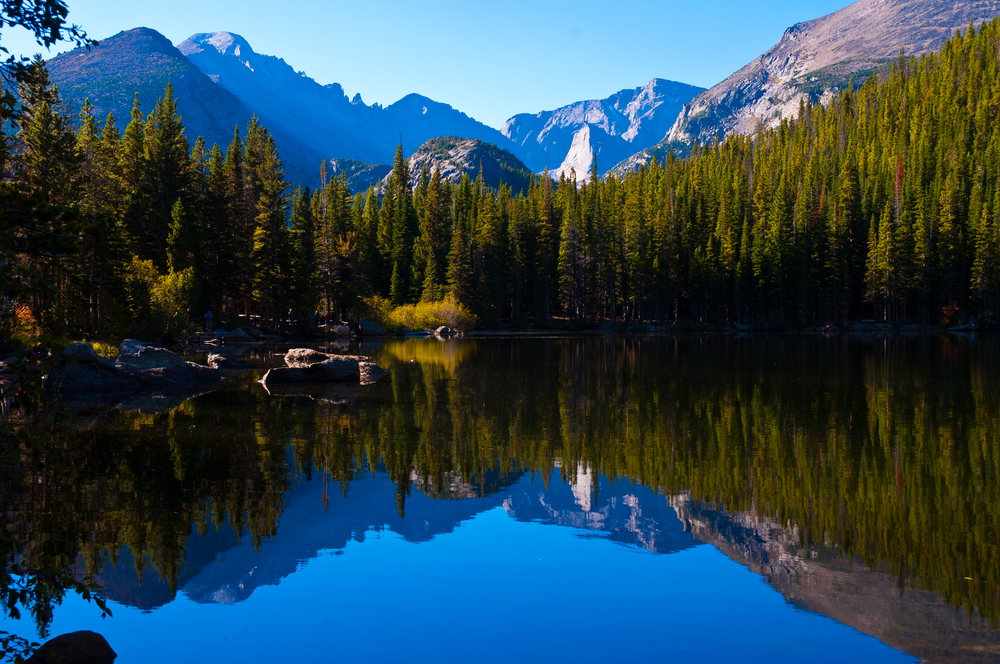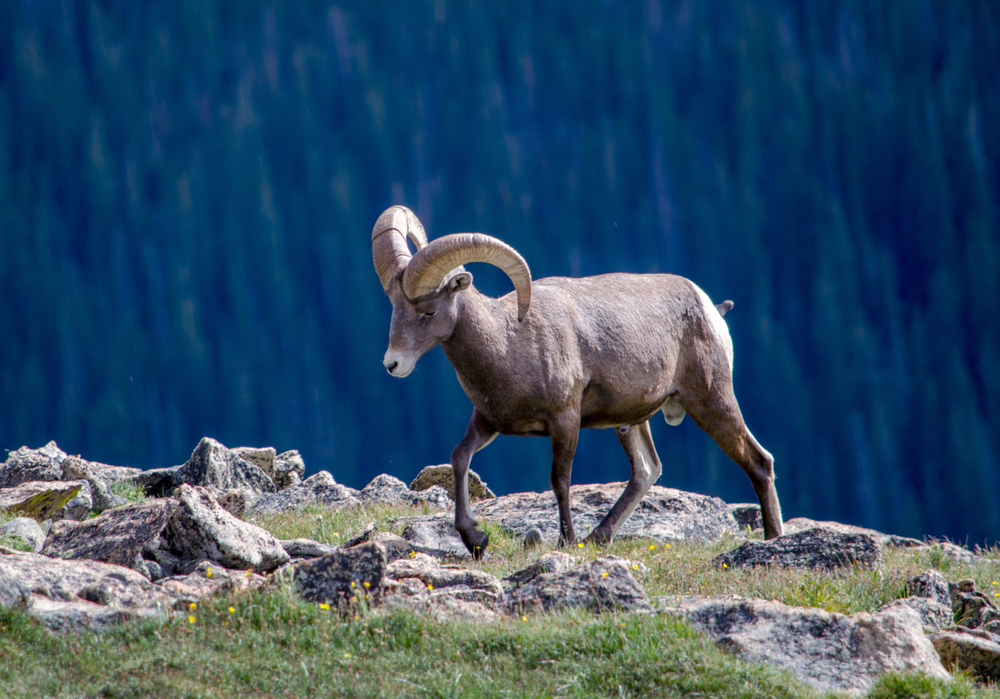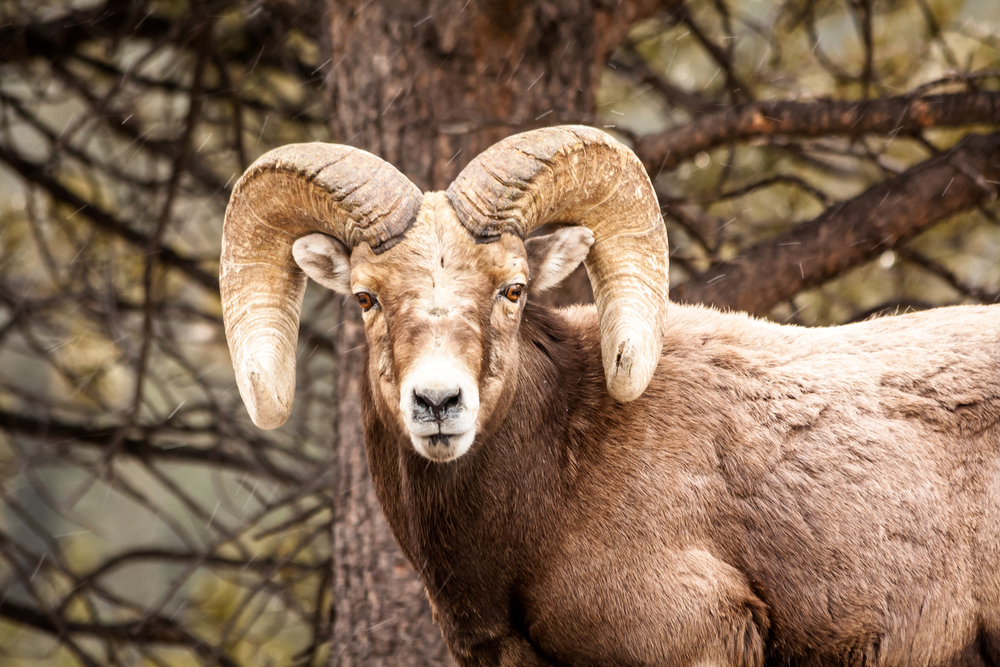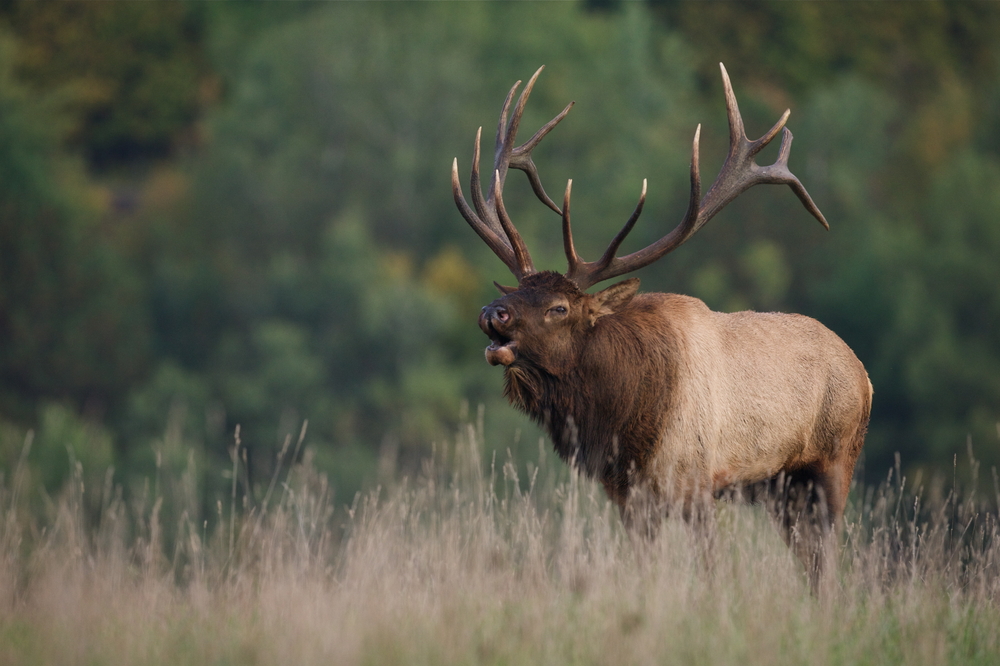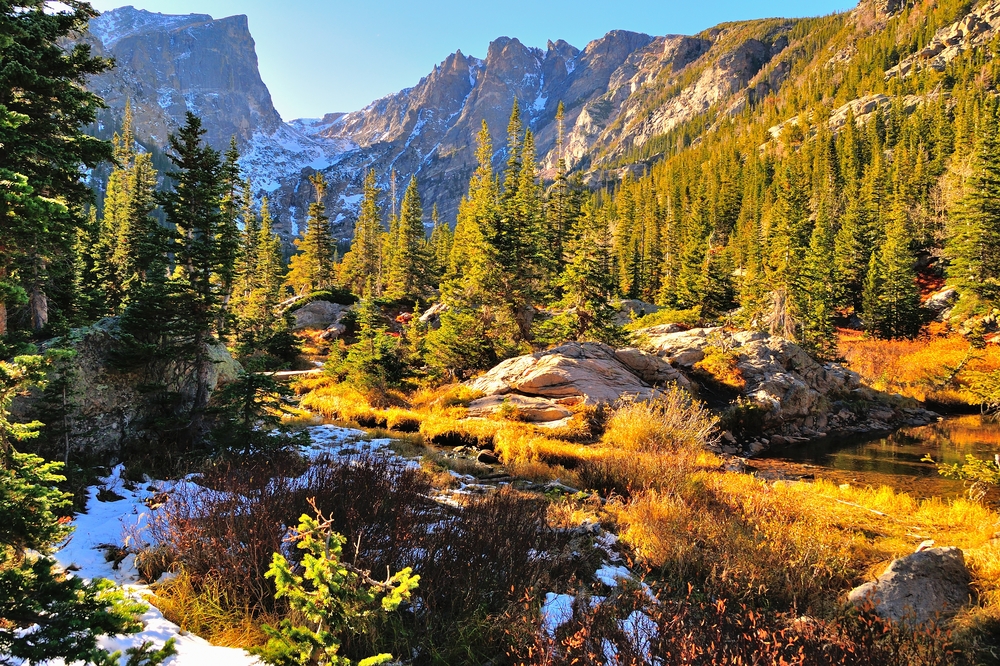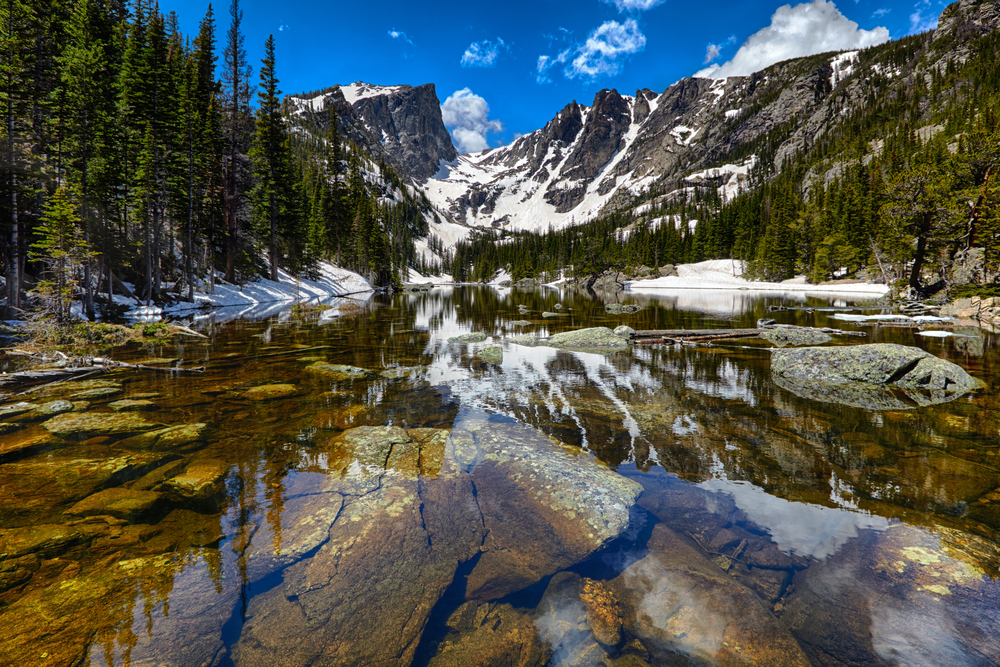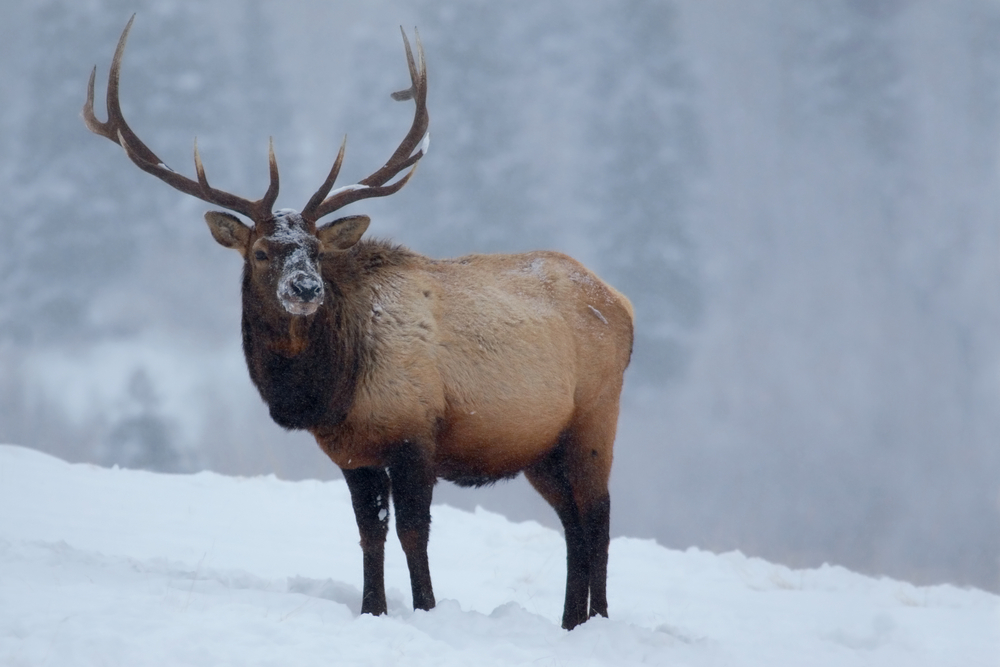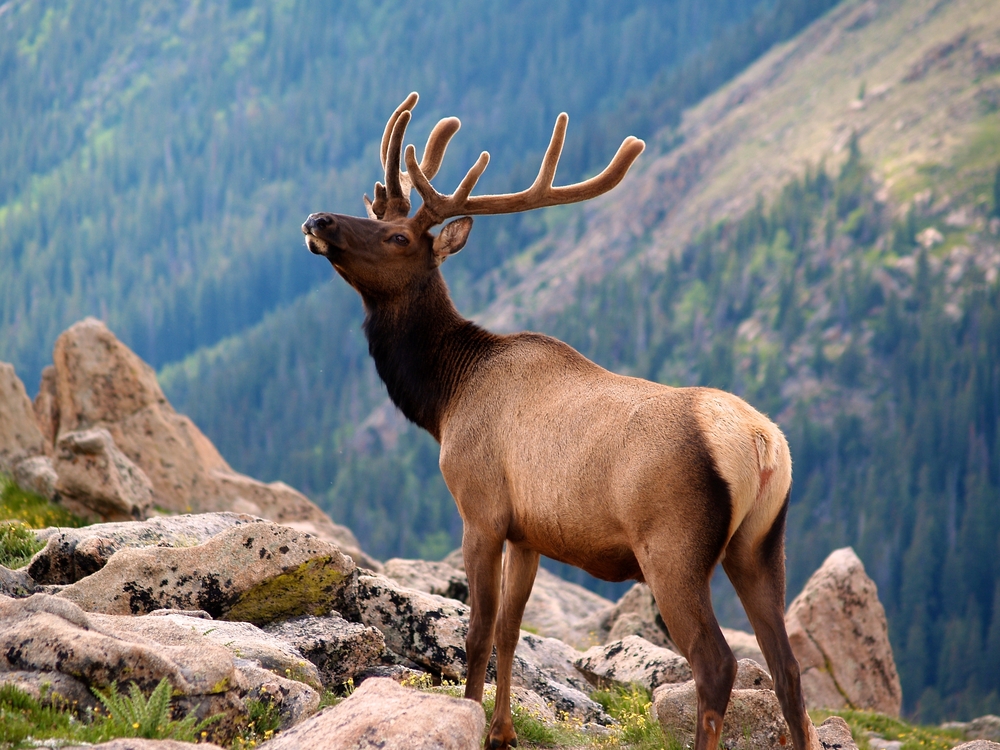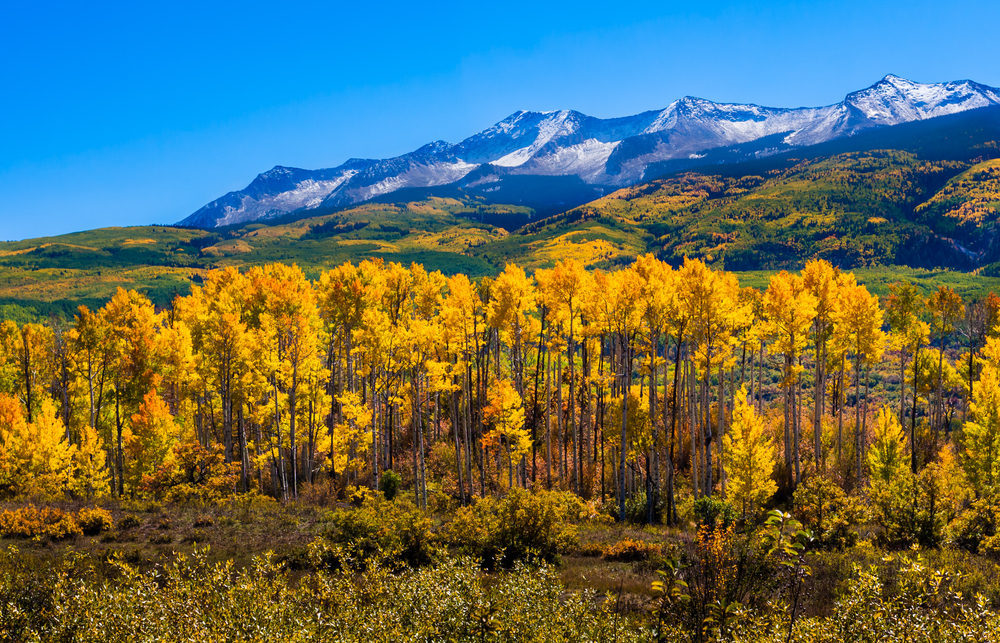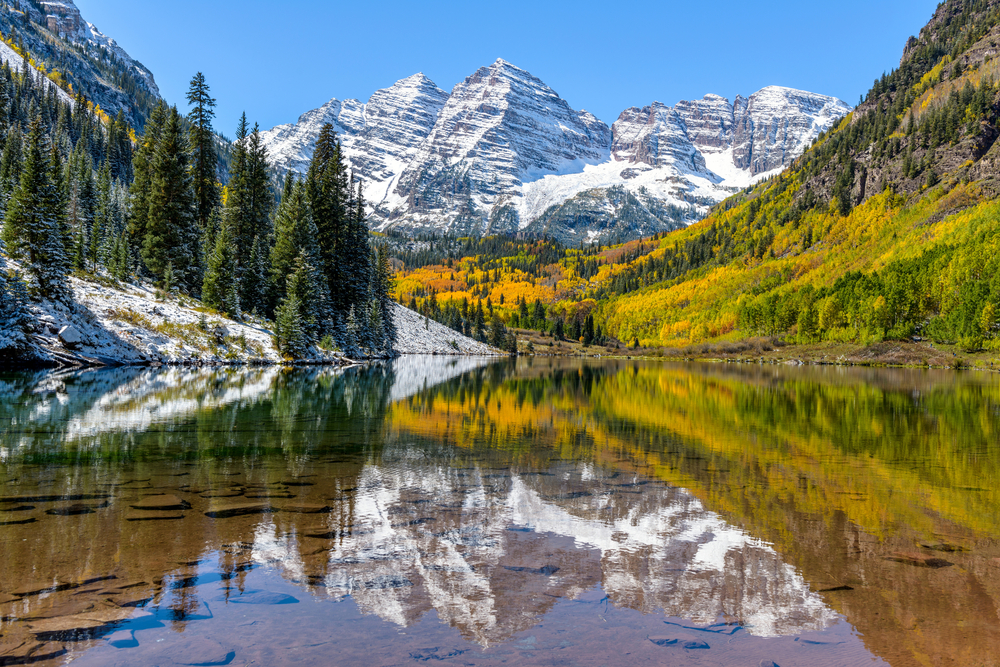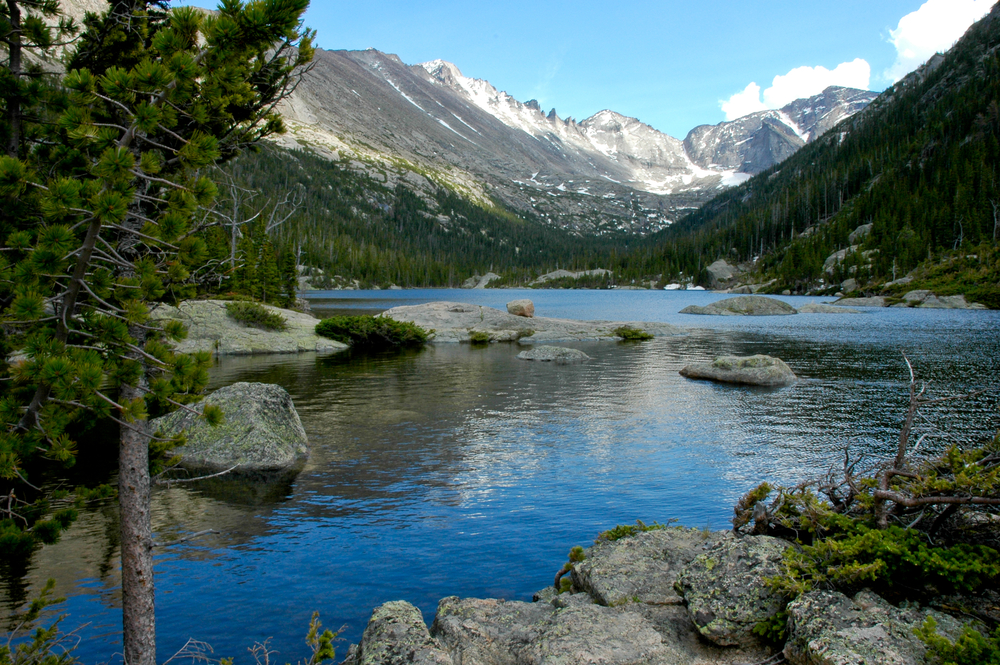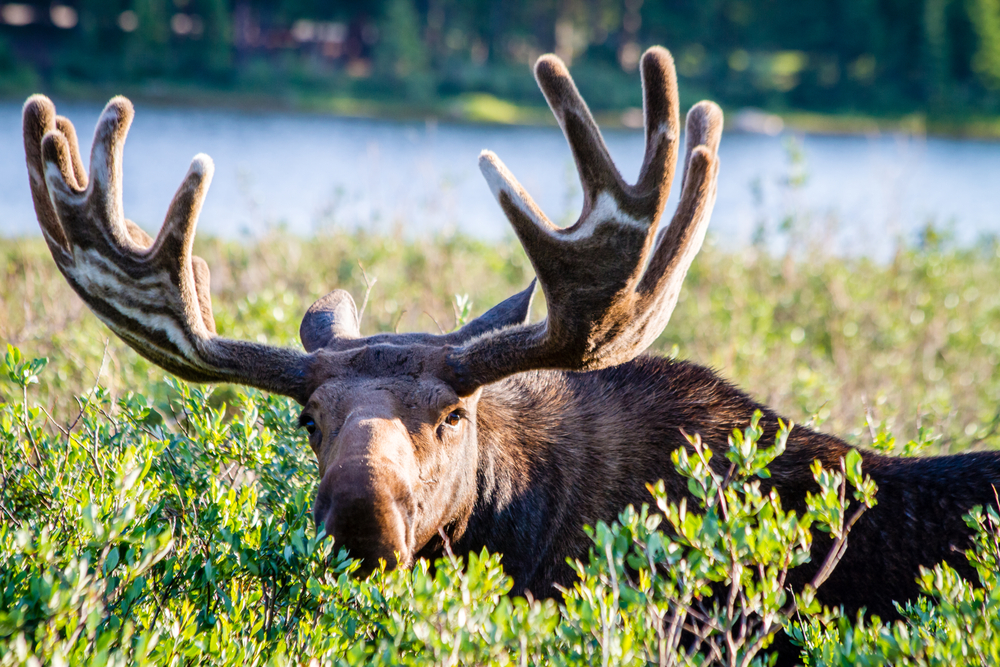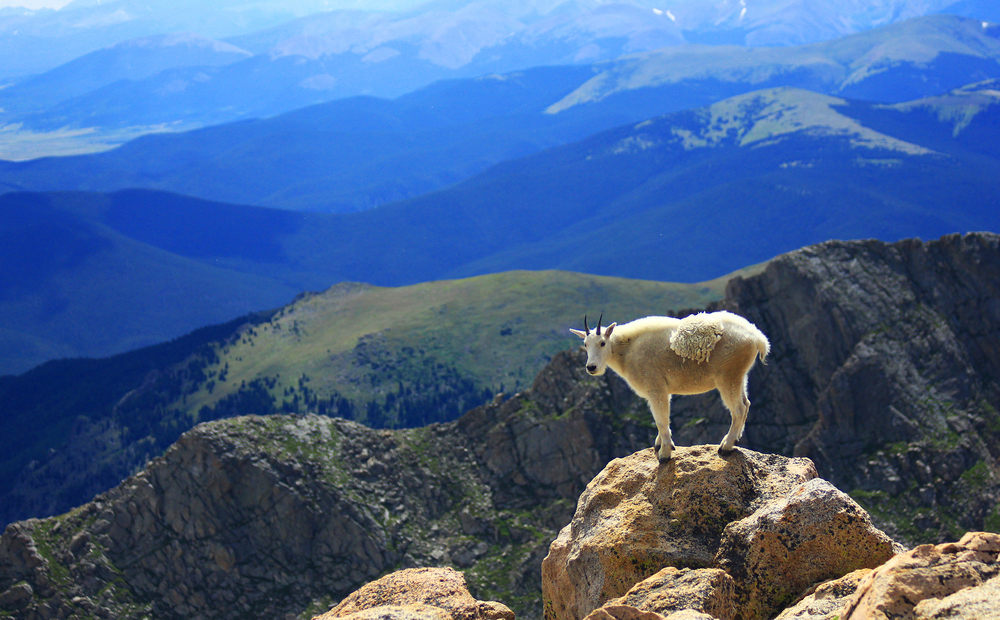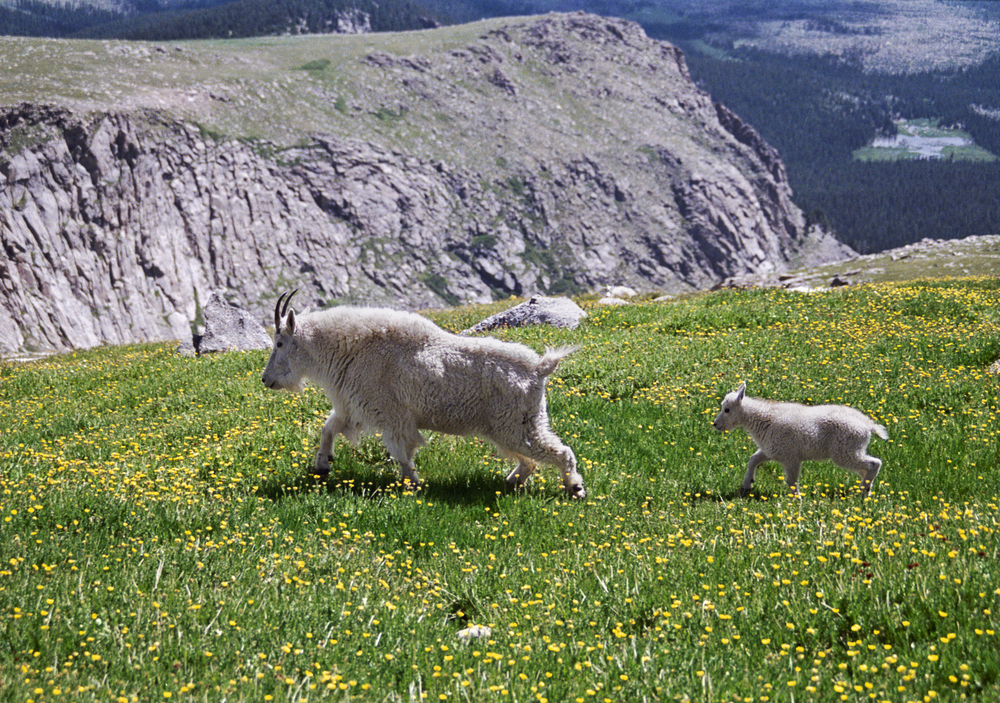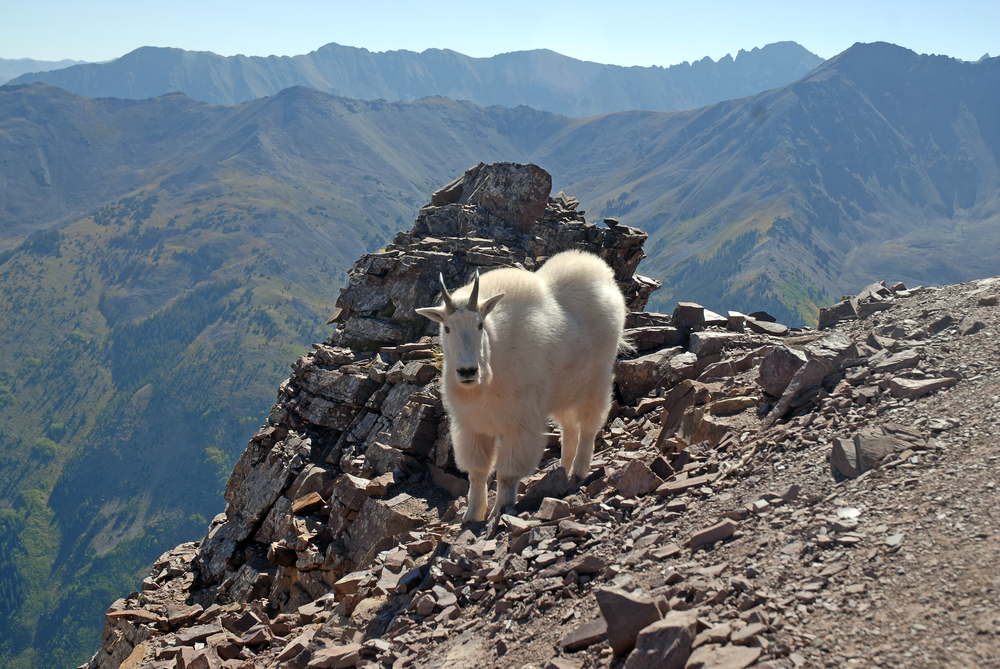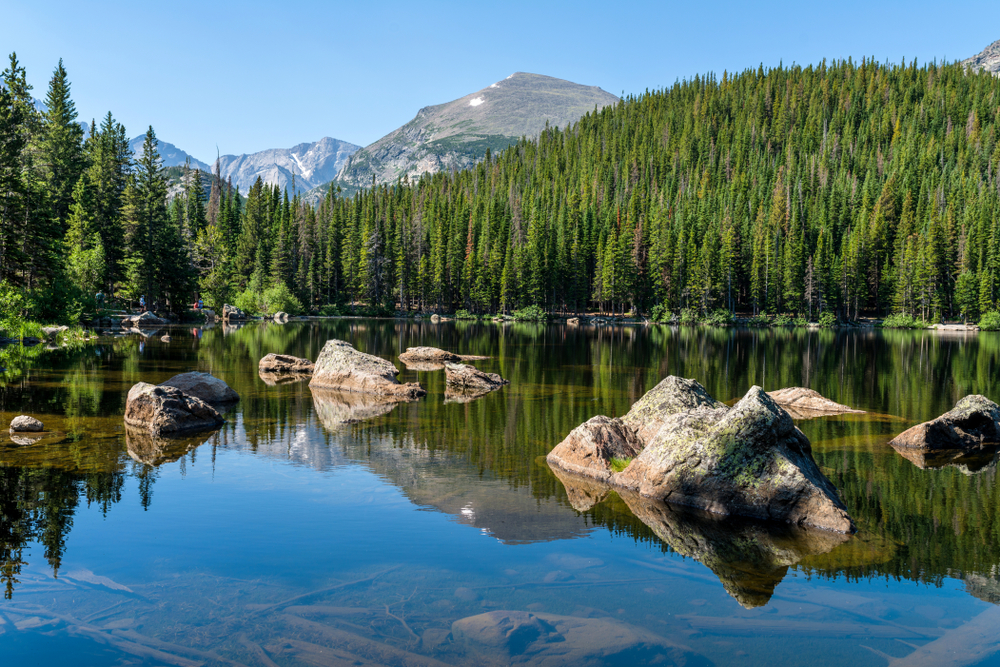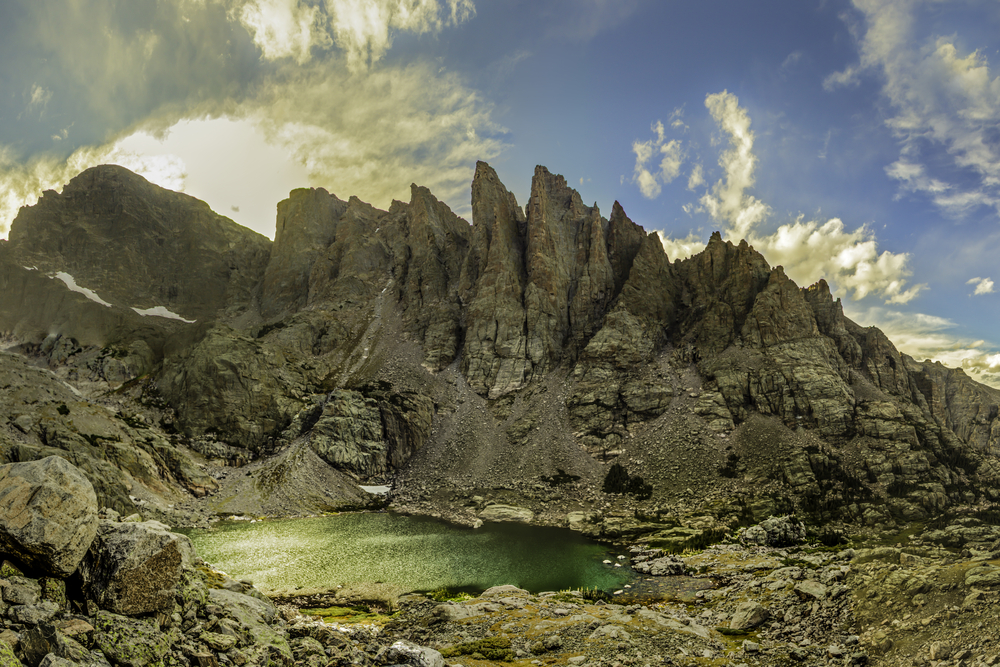Rocky Mountain National Park, located in Colorado, is most known for its breathtaking mountain landscapes, iconic peaks, and abundant wildlife.
The park encompasses a vast area of over 415 square miles, including rugged mountain terrain, alpine meadows, and pristine lakes.
One of the park’s main attractions is its stunning scenery, which includes towering peaks, cascading waterfalls, and lush valleys. Visitors to Rocky Mountain National Park can enjoy a variety of outdoor activities, including hiking, camping, wildlife viewing, and scenic drives.
The park is home to a wide range of wildlife, including elk, mule deer, bighorn sheep, and black bears, making it a popular destination for nature lovers and wildlife enthusiasts.
In addition to its natural beauty, Rocky Mountain National Park offers opportunities for cultural and historical exploration. The park is home to several historic landmarks, including homesteads, cabins, and Native American sites, providing insights into the region’s rich cultural heritage.
Whether you’re seeking adventure in the great outdoors or simply looking to relax and reconnect with nature, Rocky Mountain National Park offers something for everyone to enjoy.








































































